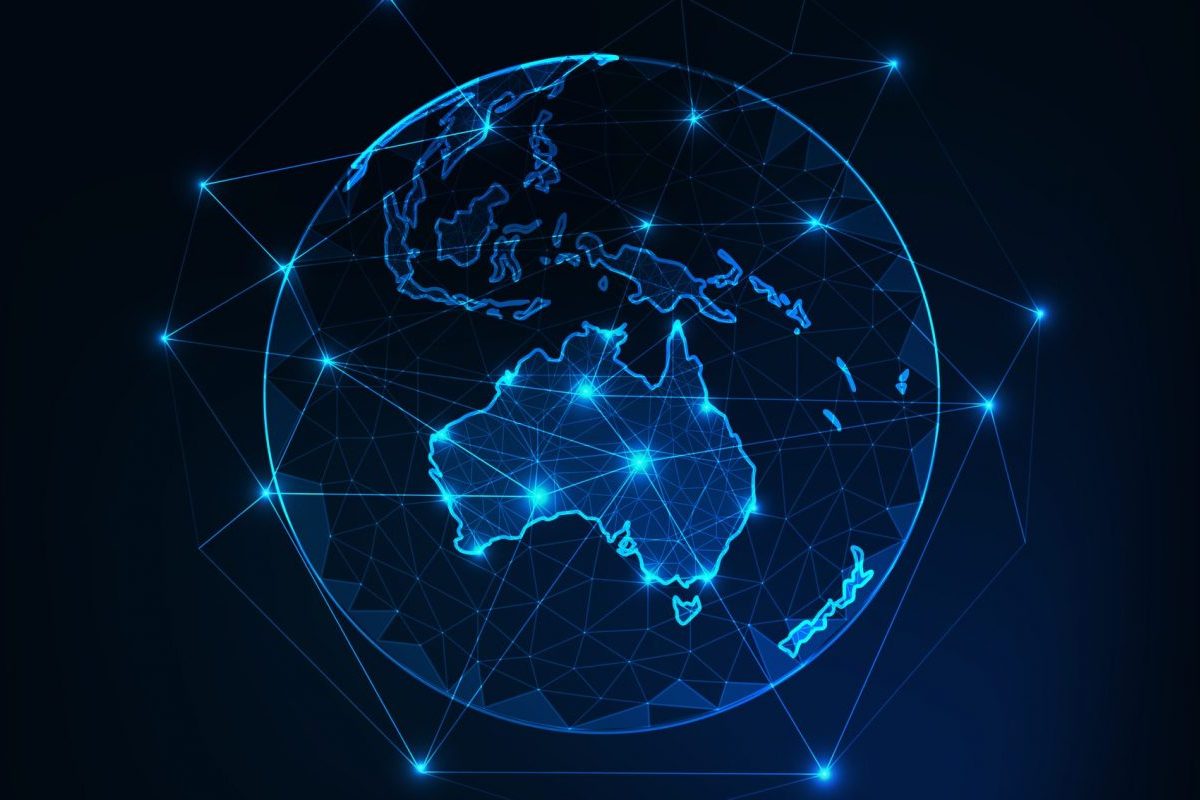The resource-rich country wants to extend its position as a global leader in the sector.
The Australian Government has repeatedly announced plans to extend the country’s position as a global leader in critical minerals, and the administration under Prime Minister Anthony Albanese has already presented investments into the sector of almost $3 billion. Now, Albanese and Resources Minister Madeleine King unveiled another $1.3 billion expansion following the Australia-United States Taskforce on Critical Minerals inaugural meeting. The task force with the U.S., initiated during the sidelines of the G7 Summit in Hiroshima, Japan, earlier this year, aims to coordinate joint investment into the critical minerals sector, benefit each other’s economies, and set the countries’ industries up for the energy transition.
In a joint press release, Albanese and King highlighted the importance of the task force with the U.S. “Australia is committed to building sustainable and secure critical minerals supply chains with the United States. This is central to building a clean energy future and delivering economic growth,” Albanese said. King added that the “road to net zero runs through Australia’s resources sector.” The additional financing will double the capacity of the Critical Minerals Facility, managed by the government’s Export Finance Australia (EFA) agency. Under the facility, companies can apply for loans, financial guarantees, and warranty bonds to help foster new projects and export markets.
Down Under’s Natural Wealth
The total investment of the Albanese government into the sector is now almost $4 billion and is a central part of Australia’s new critical minerals strategy. Independent modeling projects that increasing exports of critical minerals and energy-transition minerals could create more than 115,000 new jobs and add billions to Australia’s gross domestic product by 2040. King projects that the numbers could climb higher through additional investments in the sector.
According to government data, Australia is home to the third-largest lithium resources worldwide, accounting for almost half of the world’s production. In addition, Australia’s rare earth resources are the sixth largest worldwide. Both minerals are considered critical and are essential for clean energy production, electric vehicles, and other high-tech applications. Copper, needed for most electrical wiring, is also one of Australia’s strategic assets. It is home to the world’s second-largest copper resource (PDF), behind Chile.
Photo: iStock/inkoly


